Dealing With Hazardous Materials During And After A Hurricane
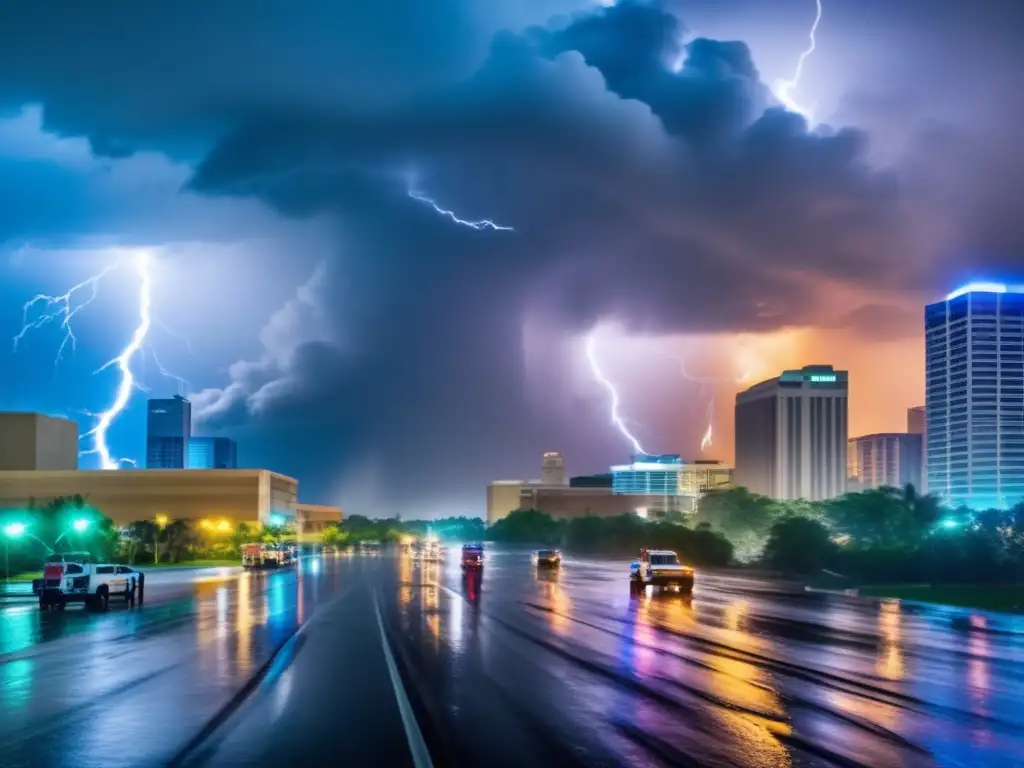
Dealing with Hazardous Materials During and After a Hurricane
Introduction
When a hurricane hits, it can leave behind a trail of destruction, including hazardous materials. Unfortunately, these materials can pose serious risks to the environment and human health long after the storm has passed. It's crucial to understand how to properly handle and dispose of any hazardous materials that may be present during and after a hurricane. In this article, we will discuss the basics of hazardous materials and how to deal with them in the aftermath of a hurricane.
What are Hazardous Materials?
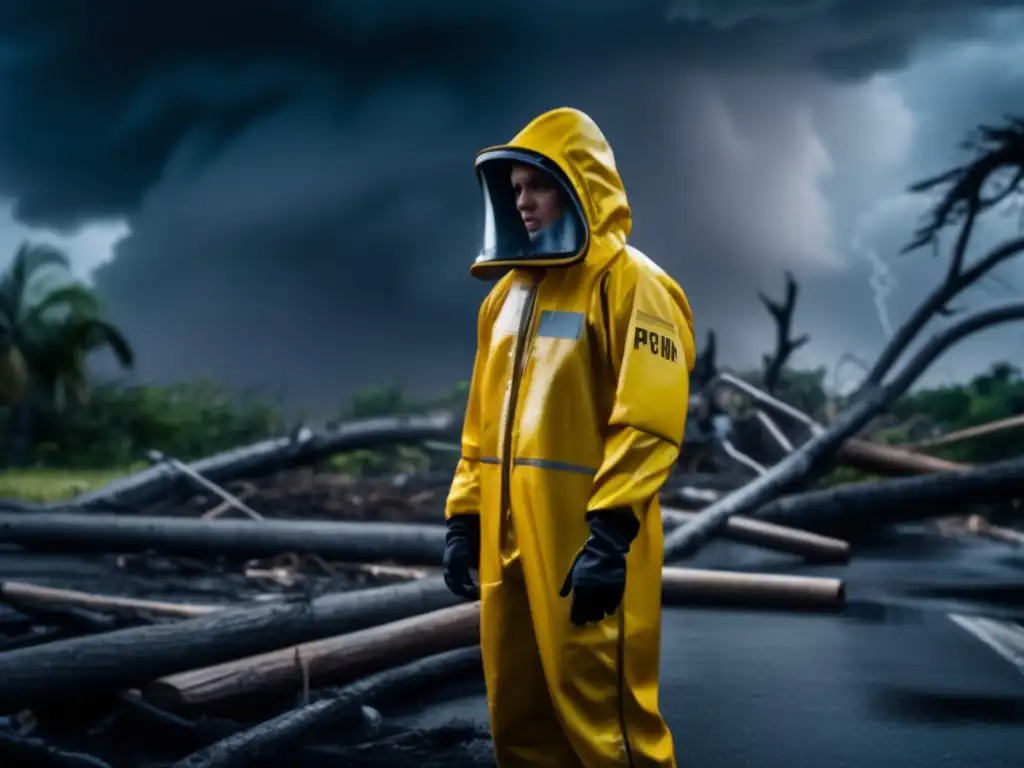
Different Types of Hazardous Materials
Hazardous materials, or Hazmat, are any substances or materials that could cause harm to people or the environment. They can be found in various forms such as liquids, solids, gases, and even radiation. The most common types of hazardous materials found after a hurricane include:
- Household chemicals
- Batteries
- Electronic waste
- Oil and gas
- Cleaning products
Why are Hazardous Materials Dangerous?
Hazmat materials can cause harm to human health and the environment in several ways. Some hazardous materials can cause immediate health effects such as burns, respiratory problems, or nausea. Others can lead to long-term health problems such as cancer, reproductive issues, or neurological damage. Furthermore, hazardous materials can contaminate soil and water sources, leading to pollution and wildlife harm. For these reasons, it's essential to be cautious and take the proper safety measures when dealing with hazardous materials during and after a hurricane.
Dealing with Hazardous Materials During a Hurricane
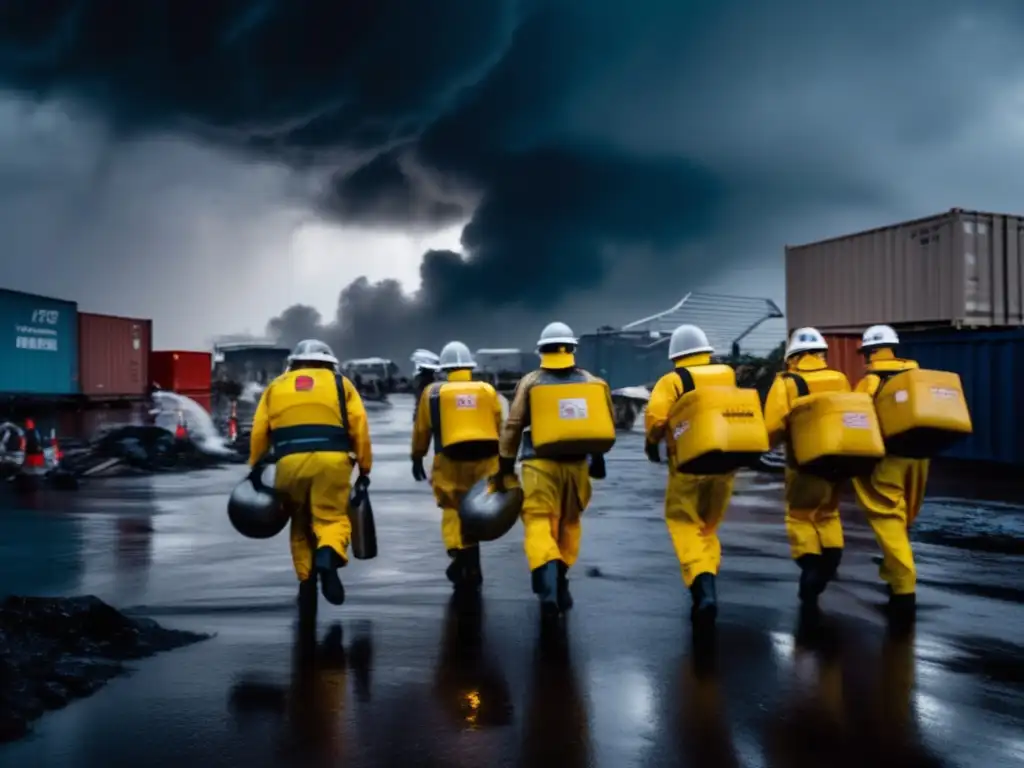
Preparation
The best way to handle hazardous materials during a hurricane is to prepare in advance. If you live in an area prone to hurricanes, make sure you are aware of the types of hazardous materials present in your home and have a plan in place for how to properly store and dispose of them. Also, create an emergency kit with the necessary supplies and equipment for handling hazardous materials such as gloves, goggles, and respirators.
Evacuation
In the event of an evacuation, it's crucial to take any hazardous materials with you. Do not leave these materials behind as they can pose a risk to the environment and human health. Make sure to properly pack and seal any hazardous materials and transport them in a secure manner to prevent spills and leaks.
Dealing with Hazardous Materials After a Hurricane
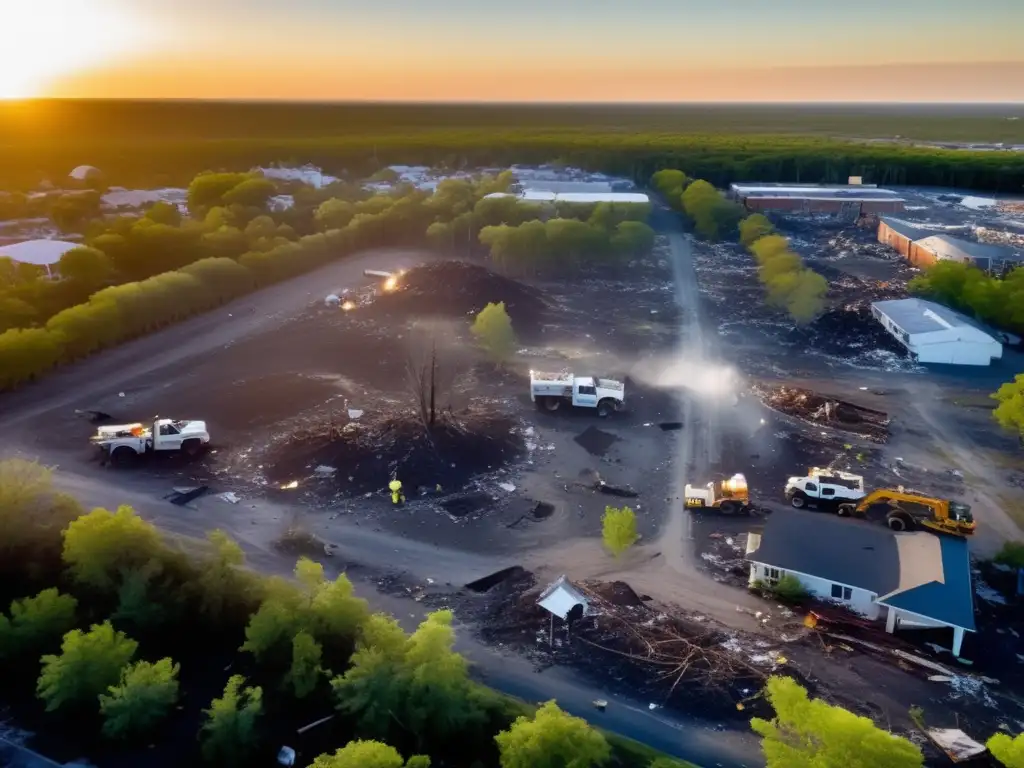
Assessment
Once the hurricane has passed, it's important to assess the damage and identify any hazardous materials that may be present in the affected areas. If you come across any hazardous materials, do not attempt to touch them or move them yourself. Contact your local authorities or a Hazmat team to handle the situation safely and effectively.
Cleanup
When cleaning up after a hurricane, take precautions when handling hazardous materials. Wear protective clothing such as gloves, goggles, and respirators, and be sure to keep the hazardous materials separate from non-hazardous waste. Place hazardous materials in clearly labeled and sealed containers for proper disposal.
Disposal
Proper disposal of hazardous materials is crucial for protecting the environment and human health. Do not dispose of hazardous materials in regular trash bins or pour them down the drain. Contact your local waste management facility for specific instructions on how to dispose of hazardous materials safely and legally.
Frequently Asked Questions

-
What should I do if I come across hazardous materials during a hurricane evacuation?
If you come across hazardous materials during an evacuation, do not touch them or move them yourself. Contact your local authorities or a Hazmat team to handle the situation safely and effectively.
-
How can I prepare for handling hazardous materials during a hurricane?
If you live in an area prone to hurricanes, make sure you are aware of the types of hazardous materials present in your home and have a plan in place for how to properly store and dispose of them. Also, create an emergency kit with the necessary supplies and equipment for handling hazardous materials such as gloves, goggles, and respirators.
-
What should I do with hazardous materials after a hurricane?
When cleaning up after a hurricane, take precautions when handling hazardous materials. Wear protective clothing such as gloves, goggles, and respirators, and be sure to keep the hazardous materials separate from non-hazardous waste. Place hazardous materials in clearly labeled and sealed containers for proper disposal. Contact your local waste management facility for specific instructions on how to dispose of hazardous materials safely and legally.
-
How can hazardous materials impact the environment and human health?
Hazmat materials can cause harm to human health and the environment in several ways. Some hazardous materials can cause immediate health effects such as burns, respiratory problems, or nausea. Others can lead to long-term health problems such as cancer, reproductive issues, or neurological damage. Furthermore, hazardous materials can contaminate soil and water sources, leading to pollution and wildlife harm.
-
What are some common types of hazardous materials found after a hurricane?
The most common types of hazardous materials found after a hurricane include household chemicals, batteries, electronic waste, oil and gas, and cleaning products.
Conclusion
Dealing with hazardous materials during and after a hurricane must be taken seriously. Hazmat materials can pose serious risks to the environment and human health. It's essential to prepare, assess, and take the proper safety measures when handling hazardous materials. We hope this article has provided valuable insights and information on how to deal with hazardous materials during and after a hurricane. Remember, if you come across hazardous materials, do not attempt to touch them or move them yourself. Contact your local authorities or a Hazmat team to handle the situation safely and effectively.
For more information on hurricanes and related topics, please visit hurricaneinsider.org.
Additional Resources
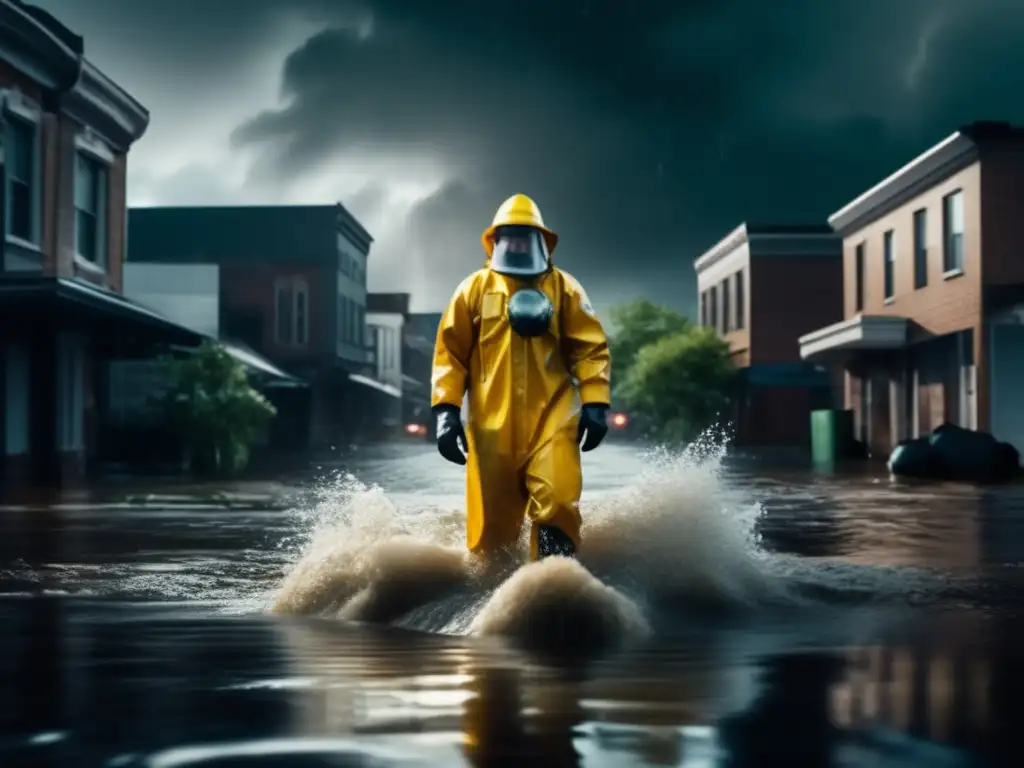
- US Environmental Protection Agency - Hurricanes
- Occupational Safety and Health Administration - Hurricane Preparedness and Response
- Centers for Disease Control and Prevention - Indoor Air Quality Concerns During a Hurricane
 Famous Landmarks Damaged Or Destroyed By Hurricanes
Famous Landmarks Damaged Or Destroyed By Hurricanes The Connection Between The Moon And Hurricanes
The Connection Between The Moon And Hurricanes How The Public Responds To Hurricane Warnings
How The Public Responds To Hurricane WarningsIf you want to discover more articles similar to Dealing With Hazardous Materials During And After A Hurricane, you can visit the Basic knowledge about hurricanes: category.
Leave a Reply

Articulos relacionados: